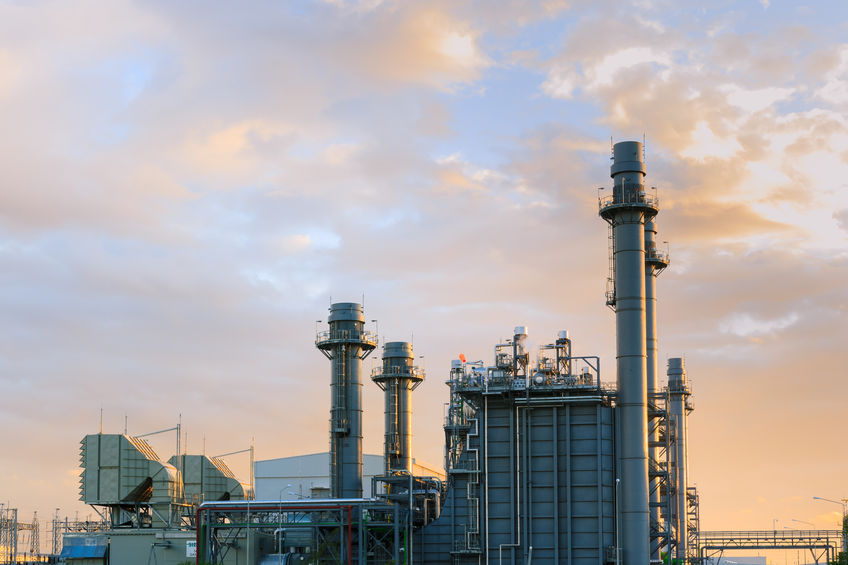What is a waste heat recovery unit?
A waste heat recovery unit, or a WHRU, is an energy recovery heat exchanger that works to transfer heat from process outputs at high temperature to another part of the process with some purpose at hand– that purpose most often being increased efficiency. Waste heat in waste heat recovery systems can be extracted from sources like hot flue gases from diesel generators, cooling tower steam, and even from waste water that results from cooling processes.
How does a waste heat recovery system work?
Industrial waste heat is essentially the energy generated through industrial processes, which is oftentimes not put toward any practical use, and instead is wasted then dumped into the environment. However, waste heat recovery systems can be implemented via applied technologies with the power to reduce overall energy consumption while also providing valuable energy sources in the process. Well implemented waste recovery systems have the power to:
- Reduce fuel consumption
- Reduce harmful emissions created through industrial processes
- Improve overall production efficiency
Industrial Waste Heat
Industrial waste heat, or the energy generated through industrial processes that is then wasted, most often includes heat loss transferred through conduction, convection, and radiation from various industrial products and equipment, as well as the heat discharged during combustion processes across various applications.
Heat loss is generally classified into three categories– high temperature, medium temperature, and low temperature. Then, waste heat recovery systems are put into place for each grade of waste heat to provide for the optimum efficiency of waste heat to be recovered.
Waste Heat Recovery Systems
Methods for waste heat recovery revolve around capturing waste heat from a process with a gas or liquid and transferring it back to the system to provide extra energy that bolsters the process. This energy source can then be used to generate additional heat, or to create electrical or mechanical power.
Generally speaking, the higher the temperature, the higher the quality of the waste heat, and thus the simpler the process is for a waste heat recovery system. For this reason, it’s important to calculate the maximum amount of recoverable heat of the most possible potential energy to secure the most efficiency from an implemented waste heat recovery system.
Heat Recovery Technologies
As there are myriad heat recovery technologies available, one must assess which works best for capturing and recovering the waste heat energy from the application at hand. Most of these waste heat recovery systems use heat exchangers in the form of waste heat recovery units. These units include recuperators, regenerators, furnace regenerators, rotary generators, regenerative and recuperative burners, waste heat boilers, and direct electrical conversion devices. All of these unit types work similarly to capture and recover, then exchange heat from processes that contain potential energy.
The team at Metro Services in Chattanooga is well versed in waste heat recovery. We have a certified Energy Auditor on staff (Association of Energy Engineers), and another staff member who is deemed a Process Heating Specialist by the U.S. Department of Energy. If you have a waste heat recovery need, we can help craft the best possible solution for you and your business. Contact us today!

